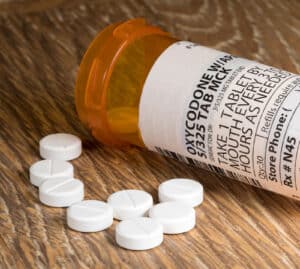What’s a Perc 30?
“Perc 30” is a slang term that refers to a 30 mg dose of oxycodone, which is an opioid pain...
Perc 30s are semi-synthetic opioids. That means that they are created in the laboratory from natural opiates, such as oxycodone.
A residential treatment center (RTC), sometimes called a rehab, is a live-in health care facility providing therapy for substance use disorders
